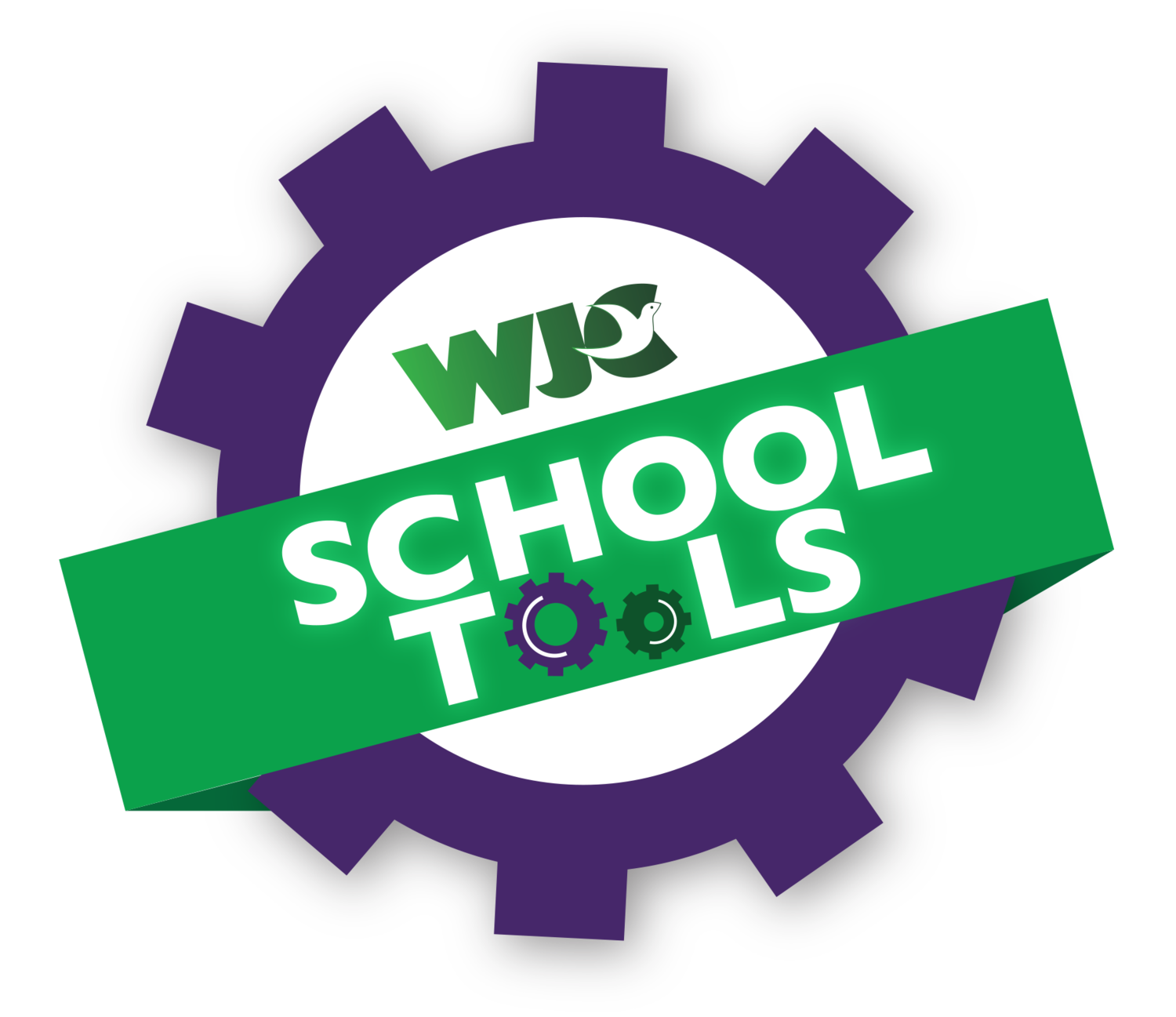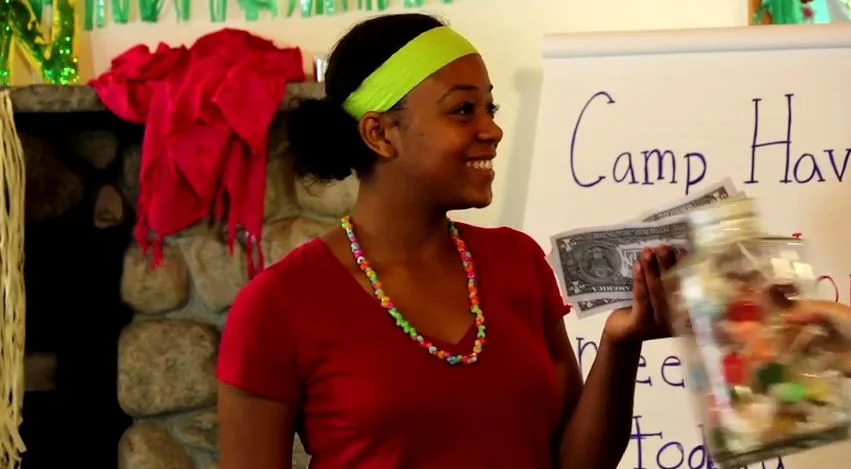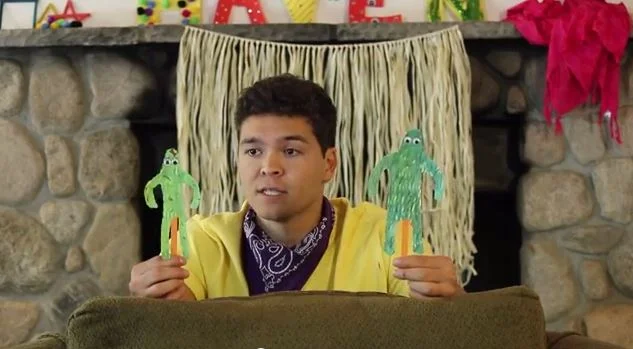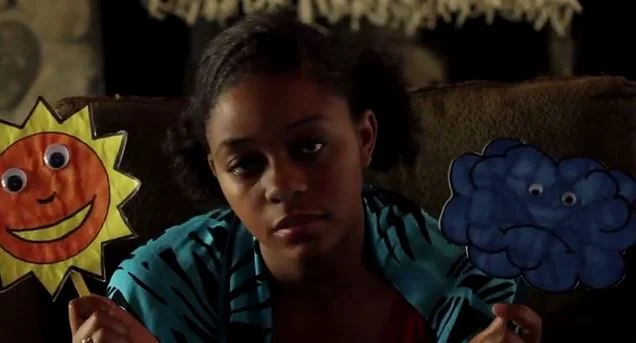Define Conflict
(20 minutes)
Have students write out their definition of conflict.
Distribute or read our definition of conflict:
Conflict is a struggle or tension through which the parties involved perceive a threat to their needs, interests or concerns.Have students write out or discuss their reaction to our definition of conflict and how it was the same and different from their own definition.
Have students watch the Conflict Introduction Video.
Sources of Conflict
(35 minutes)
Explain that various factors can lead to conflict, which derive from different sources of conflict.
Present the Sources of Conflict handout to the students
Have them watch the related video explaining each source.
Ask your students to think about which sources are difficult to notice.
Ask them to consider the types of situations in which each source of conflict occurs.
What are clues that a specific source is involved in a conflict?
Let your students know that in the future, as they are trying to analyze a conflict they are involved in, they can think back to these clues in order to aid them in figuring out the sources involved.
Conflict Scenarios
Have students watch the following video clips.
Have them identify the main source of conflict in each situation.
Ask your students why it is important to break down a conflict into its sources.
Actual Conflicts
(30 minutes)
Have students write about or discuss an actual conflict they experienced or witnessed at school.
Ask students to identify the sources of conflict in the situations they described and to think about which source might be easiest to resolve first and why this may be so.
Pair students up and have them share their conflicts and sources, giving each other feedback.
Conflict Spiral & Cycle
(20 minutes)
Discuss the Conflict Spiral and the Conflict Cycle and contrast them with one another.
Let students know that conflict resolution has this cyclical pattern: Agitation to Escalation to Recovery. While it doesn't always flow exactly in this pattern (for instance, there may be times when the involved parties flux between the Escalation and the Recovery phases), it is important to see conflict in this perspective.
Have your students watch the below video illustrating the conflict cycle.
Review the Conflict Spiral with your students, helping them understand the progression of Escalation.
Have students work on the Conflict Spiral Worksheet, identifying the different points of Escalation that fits each description.
Facilitate a discussion regarding their findings and how they got to those conclusions. Use the Answer Key for guidance.
Review the Conflict Cycle with your students, helping them understand how the cycle of conflict progresses over time.
Explain in the Conflict Cycle that a conflict can go full circle, from Calm to Recovery, or can also get stuck from Agitation - Escalation - Harmful Language/Actions - back to Agitation/Escalation; alternatively, a conflict can go from Agitation to Conflict Resolution with the appropriate tools, guidance and capacity.
Have students read the scenarios in the Conflict Cycle Worksheet and identify conflict progression from the Conflict Cycle. Additionally, it may be helpful to have students identify points of Escalation from the Conflict Spiral in the Conflict Cycle Worksheet.
Facilitate a discussion regarding their findings and how they got to those conclusions. Use the Answer Key for guidance.















